|
By Andrea Jones, Museum Maverick for Southern Tier Session
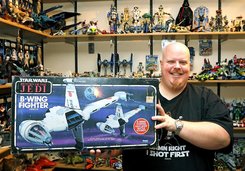 H. Rick Bamman - Star Wars Enthusiast H. Rick Bamman - Star Wars Enthusiast One thing these hyper focused museums have in common is a small but loyal fan base. And when you’re a museum staff surrounded by undying devotion, it’s hard to focus on the people who DON’T come to your museum. Sometimes this results in a slow but steady decline in visitation. For these museums, it’s a good exercise to take a hard look at your core audience and think about the future. Are there enough hard-core enthusiasts to keep your doors open? How old are your enthusiasts? Will there be enough fans in 20 years to keep you viable? Fans of antique coffee cans may be dying off, while fans of Star Wars may be steady. 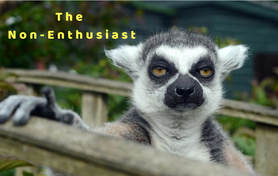 If you’ve determined that you have a dwindling or limited diehard fan base, the next step is to re-design your visitor experience to reach the non-enthusiasts as well as the hard-core devotees. As a consultant, this is my superpower. I am the Ultra Non-enthusiast. That sounds blasphemous in a field full of people excited by their content, but it’s a useful disposition for my chosen quest to help museums increase their relevancy to more people. I am that lemur – not caring about your tea cup collection at first glance, but showing you how to make the experience more dynamic for people like me. 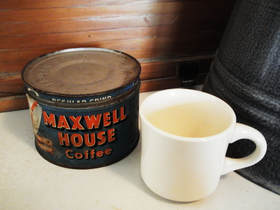 Photo: Flickr User joshuahogan Photo: Flickr User joshuahogan Here are two of my favorite tips for reaching the non-enthusiast:
Here are few essential questions I came up with for our fictional social bridging coffee can museum:
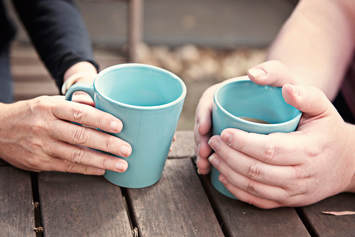 Photo: Gillian Van Niekerk/Getty Images Photo: Gillian Van Niekerk/Getty Images 2. Design meaningful, fun, and PARTICIPATORY experiences. Once you’ve drilled down to some of the broader essences of your subject matter, it’s time to focus on how to get people caught up in the feeling – the same feeling your superfans are subconsciously feeling. In the above example about social bridging, it’s not enough to put up a wall panel with a photograph of people talking and socializing while drinking coffee. Your mission is creating memorable moments of real interaction. Maybe it’s as simple as serving real coffee in your gallery with conversation prompts written on coffee cans. Maybe you host an all-night, coffee-fueled “Get Buzzed” dance-a-thon. The point is that it’s a memorable experience. We live in the age of the Experience Economy. The internet has given us information at our fingertips. So we need more than information to inspire people to leave their houses. We need EXPERIENCES. Embrace this philosophy and you’re ready for the 21st Century, no matter how narrowly focused your collection is. (Read more about the importance of experience on my blog) Even if your museum’s narrow focus attracts enough hard-core fans to keep the doors open, it’s still a good exercise to think about the non-enthusiast. Think about the family members who are dragged through the doors of a specialty museum so that their spouse or parent can “nerd out.” When I go to Lowes with my Dad, we are there for hours while I slowly die of boredom in the lumber aisle. Designing for the non-enthusiasts helps everyone have a better time and discover interests they didn’t know they had. Andrea Jones is an independent consultant and experience designer working with museums to reinvent storytelling and interpretive methods in the service of greater relevancy for audiences. She is located Washington DC. Blog and website: peakexperiencelab.com Twitter: @museumjones Facebook: Peak Experience Lab
0 Comments
Your comment will be posted after it is approved.
Leave a Reply. |
Archives
October 2020
Categories
All
|
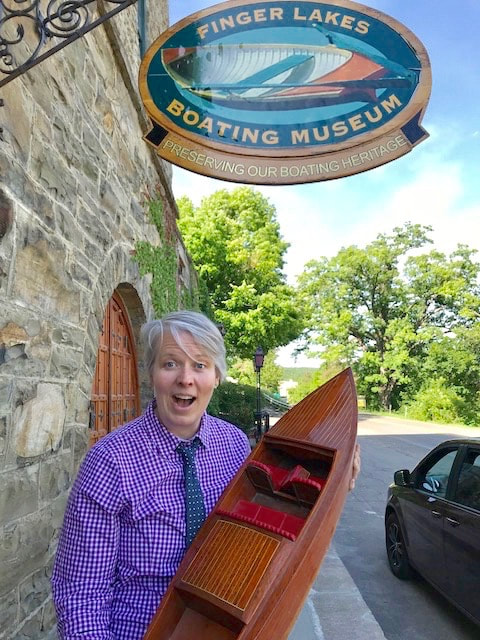
 RSS Feed
RSS Feed